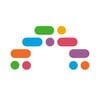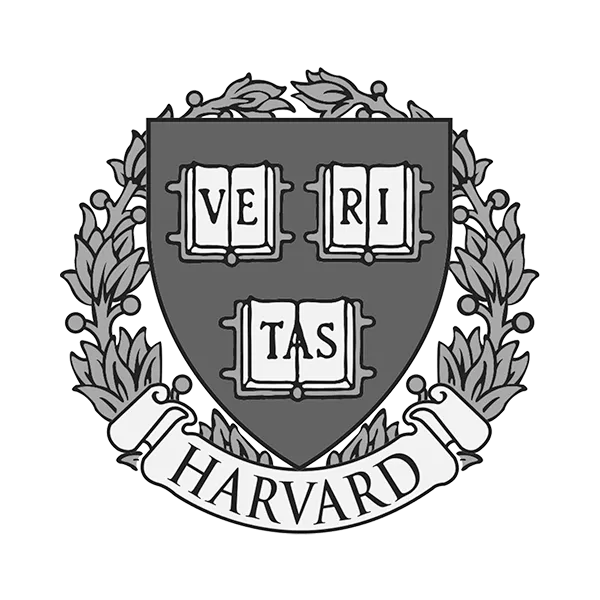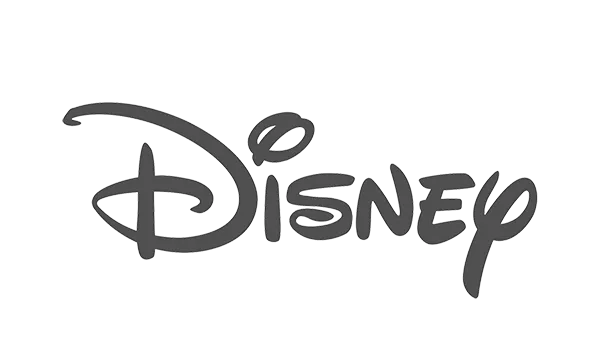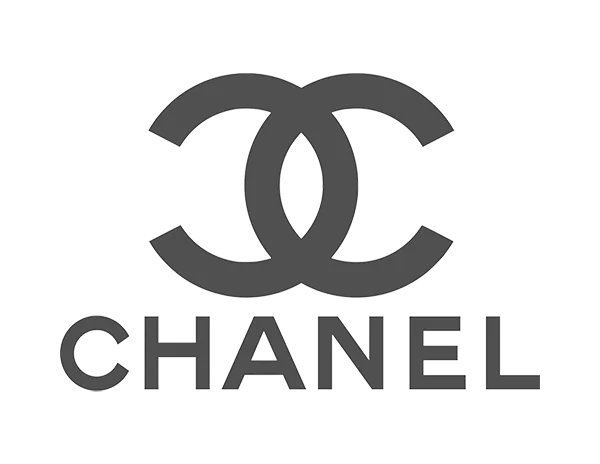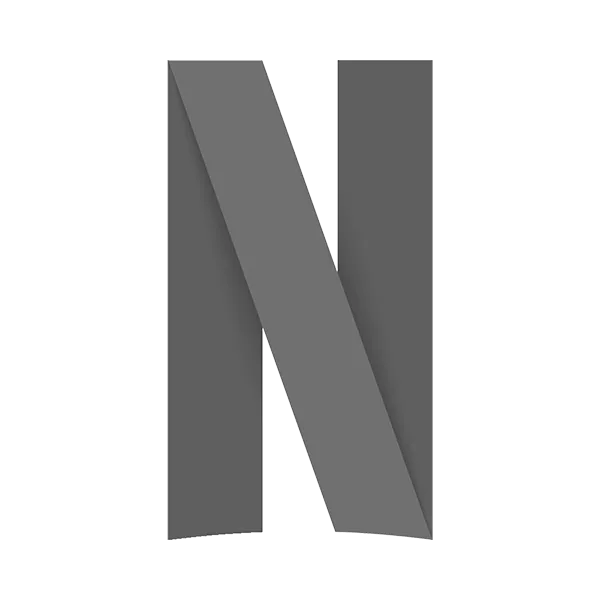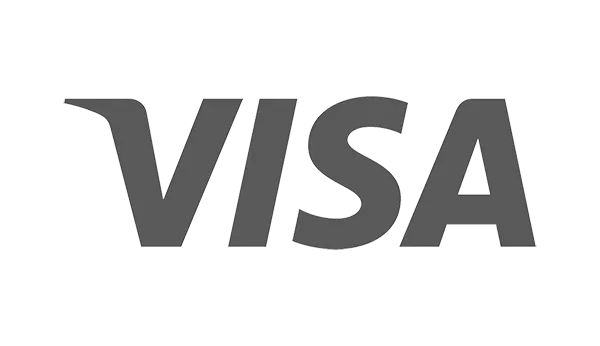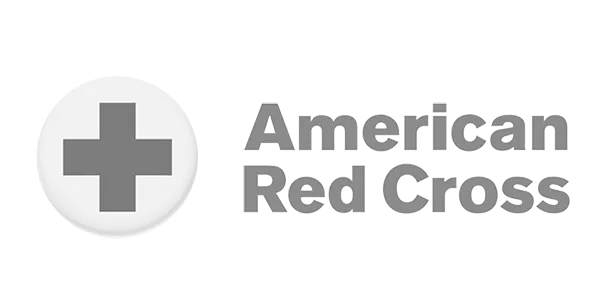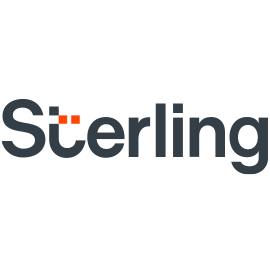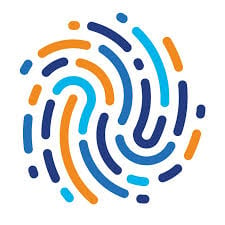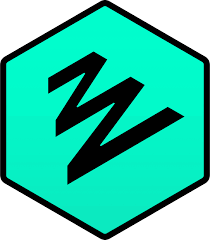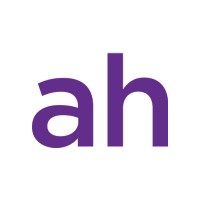The purpose of a human resources department is to support employees throughout their company lifecycle. Depending on the employee, that lifecycle duration may vary.
According to the United States Bureau of Labor Statistics, the median employee tenure is 4.1 years. Some employees stay for their entire career through many role and responsibility changes. Others are around for a couple of years before moving to the next opportunity.
Despite that wide range, there are clear steps HR teams use to outline the employee journey from hire to retire. Read below for a detailed timeline, in addition to technology that can help along the way.

Hire
Believe it or not, the hire to retire timeline begins before a candidate even applies and ends once they are fully onboarded. The Hire stage is broken down into three steps:
Planning
Before talent acquisition teams make hires, they have to understand why they are hiring. Therefore, the best companies do their due diligence by analyzing previous hiring trends and using that data to make informed decisions.
Strategic workforce planning is especially important for companies that recruit in high volumes, such as retail or healthcare. By understanding when exactly turnover is going to occur, companies can fill those roles almost immediately so the turnover never impacts the business.
Using people analytics tools makes this process easier. Detailed reporting, predictive analytics, diversity metrics, and numerous other features help companies uncover the talent gaps.

Recruiting
This is the earliest point in the actual employee’s lifecycle, though at this point they are still a candidate. Recruiting is an incredibly important stage for businesses, as this is where they attract the talent that will hopefully impact output in the long term.
There are numerous ways to find and recruit the right candidates. While the old-school methods of sending recruiters out to job fairs and university events or cold calling are still valid, technology has made this easier.
In general, recruiting software allows companies to more easily source a much wider pool of candidates. This is achieved through multiple methods, from job advertisement automation to grabbing profiles off of LinkedIn.
Once you have a shortlist of candidates from your talent pool, often picked out from referrals, AI recommendations, and recruiting events, the interview process begins. For potential employees, this can be a nerve-wracking experience. They must demonstrate why they’re worthy of being selected for the position, while the company has to do a thorough job of presenting itself as a good place to work.
Companies can make use of scheduling tools and asynchronous video interviews, as these will put less stress on candidates and reflect well on the company. But while there are a lot of flashy tools out there, the applicant tracking system will be the heart and soul of any recruiting function. Choosing the right one is crucial to effective candidate management, and therefore your hire-to-retire timeline.
Onboarding
Once interviews are completed and the hiring team decides on the right candidate, it’s time for the official first step of the employee lifecycle— onboarding.
Onboarding starts at the job offer and covers salary negotiations, new hire paperwork, training, payroll and benefits administration, as well as team introductions. A good onboarding process makes a big difference. Almost 30% of job seekers have left a position within the first 90 days. Therefore, it’s imperative to seamlessly integrate your new employee into the culture.
Luckily, onboarding software is there for assistance. Onboarding is a paperwork-heavy process, which is a headache for any HR team. The software will let new hires complete paperwork and training on their own, requiring no overhead. Additional features such as employer branding and mentorship opportunities make the new hire feel welcome in their new role.

Manage
Once new hires complete onboarding, they’re officially a part of the team. Next is the (hopefully) longest part of the hire-to-retire timeline: employee management.
Employee management consists of everything employees experience on the job. In this stage, compensation, engagement, and development opportunities are incredibly important for ensuring a long and successful employee lifecycle.
Compensation
Compensation management covers salary, bonuses, overtime, rewards & recognition, commission, and every other aspect of payment from employer to employee. Companies looking to keep employees around must offer a healthy balance, depending on the industry and role.
For example, sales professionals should be offered bonuses as incentive for good performance. Another example are hourly employees that must be paid overtime if they work more than their allotted hours.
However, all companies will benefit from offering some sort of employee rewards program. According to Survey Monkey research, 63% of employees surveyed were very unlikely to seek out a new job when they are “always” or “usually” recognized.
Rewards and recognition software are designed to make it easier for HR departments to roll out these programs. They allow companies to offer wellness incentives, donations to charity, and more. Integrating your rewards and recognition software with an HRIS makes events such as birthdays and anniversaries easily recognizable as well.
Engagement
Gallup research discovered that companies with high engagement saw 21% higher profitability. Therefore, it’s important to properly engage employees, as it measurably affects business outcomes.
Engagement is the commitment of an employee to the culture, goals, and success of their organization. It’s not happiness or satisfaction; it is quite literally how connected they are to the performance of the company.
Therefore, engagement programs aren’t trying to assuage disengaged employees with rewards or shiny objects. They’re trying to get employees to actively buy in.
Companies achieve high engagement by consistently checking the pulse on their culture, and mitigating any problems before they begin. Previously, these programs were large-scale efforts that employees and managers alike didn’t look forward to, such as year-end performance reviews and annual surveys.
Nowadays, technology stepped in to lighten the load on HR teams and make the process much more enjoyable and lower stakes. Employee engagement software automatically deploys surveys on a consistent basis, collects employee data, and provides detailed feedback that companies can analyze. Many solutions offer additional helpful features such as one-on-one coaching and leadership development programs.
Development
Development and engagement go hand in hand. If an employee feels like they’re not moving forward in their career, they’re going to look elsewhere.
As such, it is imperative that companies make sure to offer their employees opportunities to learn and grow in their role with the potential to move up in the organization. Even when an employee’s lifecycle with a company is short, if they felt they were able to develop strong skills that can be translated into other jobs, they will speak fondly of their experience, which in turn bolsters employer branding.
Offering leadership development programs, upskilling opportunities, educational webinars, and mentoring programs are just a few examples of how a company can develop its employees. Utilizing tools such as learning management systems will lessen the load on HR’s shoulders.
Succession Planning
Another important aspect of the employee lifecycle is succession planning. It relies heavily on the development step of employee management, as engagement, leadership coaching, and employee performance directly affect who moves up.
Smart companies prepare successors well before a senior-level employee retires. By doing this, they can already start the hiring process to fill the coming vacancy of the soon-to-be-promoted employee.

Offboarding
The end of different employees’ lifecycles vary. As stated before, a worker might only stick around for a few years as a stepping stone to their next role. Others may be lifetime employees. Regardless of how long employees are with a company, both parties have hopefully gained value from the partnership.
Termination
Occasionally, employee transgressions cause termination. There could also be situations outside human control, such as COVID-19, that cause a layoff.
Regardless, it is important for an HR team to properly handle the situation. Sometimes companies may even offer outplacement services to terminated employees to help them find a new job.
Resignation
As we know from the statistic in the introduction to this post, the median tenure of an employee is 4.1 years. In the modern job market, it’s not uncommon to see professionals switch companies every 2 to 3 years.
It could be the fault of the organization. Perhaps these employees weren’t engaged enough, weren’t coached for upward mobility, or simply didn’t receive the compensation they thought they deserved. People analytics tools help identify turnover trends so that companies can learn from their mistakes.
But it could also simply be that the employee was ready to move on. If a company has its finger on the pulse of its employees, it will likely recognize when someone is ready to move on and can plan accordingly.
Retirement
If an employee has consistently performed well and their employer has properly developed them, it may result in an end-to-end hire-to-retire timeline.
In this step, HR teams can expect to conduct exit interviews, provide benefits, and provide proper compensation to the retired employee. Just what that looks like depends on the company.
In addition, it is a time to celebrate that employee’s journey. They have likely been with the company for a large portion of their career, and as such deserve the recognition for their work.
How do I know if I've been successful?
A successful employer gets the most out of their employees, regardless of how long they stay with the company. However, if your employees are leaving after only a few months, your business may have a problem to diagnose. In this case, tracking turnover and retention rates will help your company visualize what step of the process it's failing, so you can start to fix the problem.
Technology will be a huge help as you guide workers through their lifecycle. Take advantage of key human resource management software such as HCMs, HRIS's, performance management, and others listed previously in this article.
When you're ready to take the plunge on expanding your tech stack to empower your hire-to-retire timeline, check out our eBook on how to get the best pricing in HR tech. We gathered advice from HR professionals alongside our own research to help you negotiate your next contract effectively.



